How to make an effective call to action on the landing: 15 examples
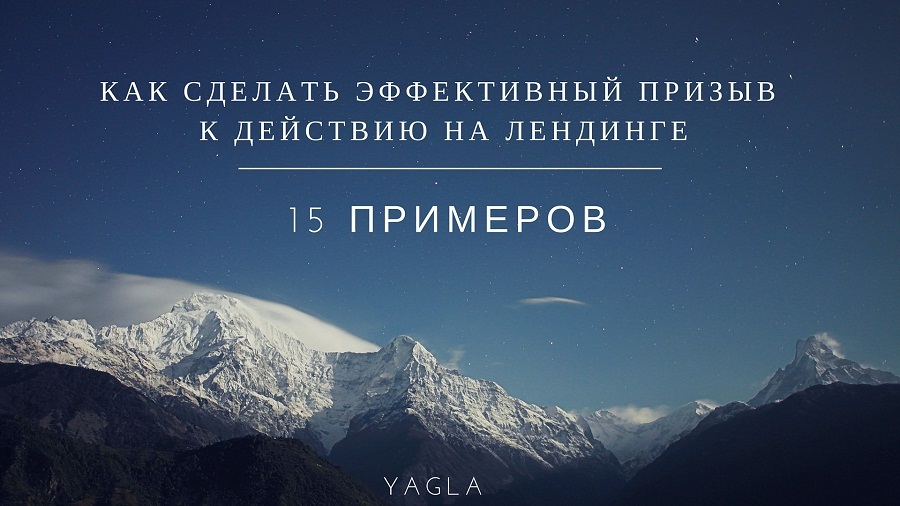
If you are tired of “leave a request” or “get a consultation” on each landing page, this article is for you.
Inside, we show 15 examples of CTA (call-to-action) in different niches, 5 common mistakes and analyze how to create an effective call to action using six formulas.
The power of call-to-action
')
The headline promises benefits, call-to-action tells you what to do to get it. It would seem that everything is simple: ask the user a phone with an email, and he is yours. But not here it was) Even a strong offer can “fly by” with a sluggish CTA. This is human psychology: if you can refuse the offer, we refuse. Submit your application? Some other time, only if it is not “burning” right now.
Yes, there is a certain proportion of "scanners" that add themselves to a dozen pages to bookmarks for later. At the same time, the majority of failures (with targeted traffic) are associated with insufficient motivation to send personal data. Because everyone has the same thing.
Discover a selection of Yandex for plastic windows or stretch ceilings. These are highly competitive niches where the price per click reaches 83 USD. (in Moscow). I bet half an hour after seeing 3-4 companies, you forget how they differ.
Effective call-to-action - like a flash "Oh, cool, no longer looking, turning here." How to do it - you will soon see, and for the beginning we will analyze the unsuccessful examples.
5 CTA errors
These "shoals" destroy the conversion, and, they occur so often that we spent less than 5 minutes searching for examples.
1) Two targeted actions nearby.
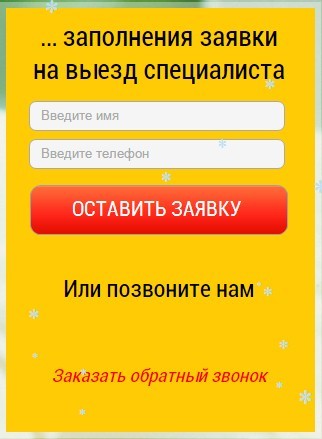
Fill out an application or order a call? Call or leave a request? The visitor can think like a Buridan donkey between two bundles of hay and end up not doing either one or the other. If you have a callback button, distribute it with the application form on at least half a screen. Otherwise, the choice between two unprincipled actions creates friction, a brake for the user's decision.
2) Overload of offers.
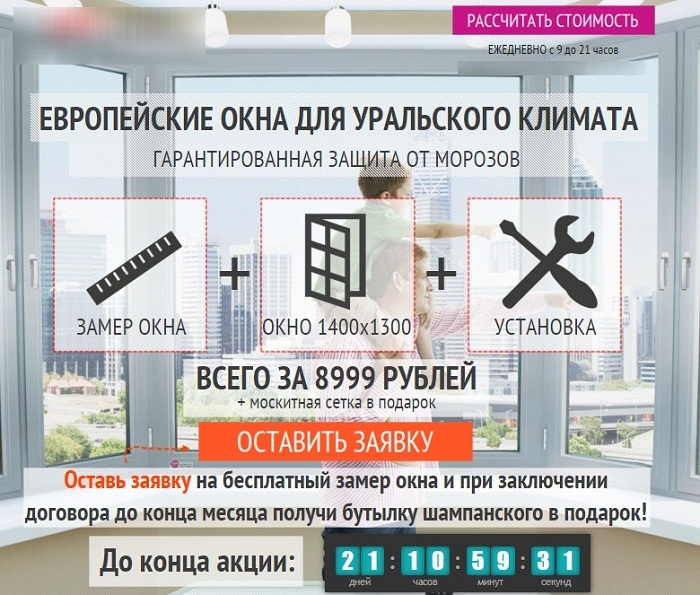
And the mosquito net, and a bottle of champagne - cool, but when it is just one thing. Otherwise - the feeling of cheap manipulation. Plus the effect of information noise: call-to-action is lost in the grip of two bonuses. Here is another mistake:
3) Free with paid.
Please note: application for free measurement, and champagne at the conclusion of the contract, that is, payment. If you decide to please the leads with "buns", post them simply for the application. Landing page generates contacts, but does not sell. Secondly, the “get a gift” method itself has practically exhausted itself: “prisms” will collect many times more target users.
4) Sale "in the forehead."
And here is just an error for the page. The bad job of selling PVC and aluminum constructions on the first screen is not pizza in 30 minutes. And even a pretty girl does not save:
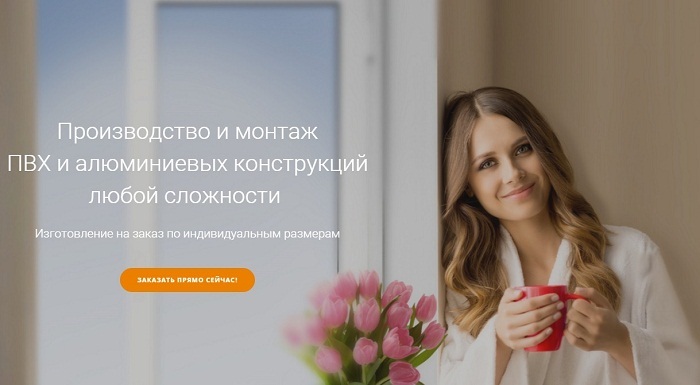
The approach works in emotional sales with a short decision-making cycle (food delivery, beauty salons and tattoo parlors, fitness, etc.) For complex products - as simple as possible, no hint of a sale.
5) Irrelevant information.
Just carelessness or negligence, which is worth the conversion:
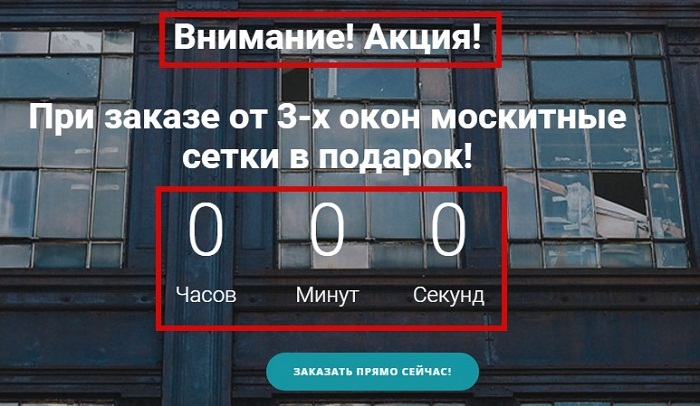
According to our statistics, the elimination of these errors already gives an increase in conversion in the application by 15-18%.
Next we analyze the creation of a call to action on specific examples.
Model "Call = result"
Users scan ads and leave contacts not for the sake of a sincere conversation with a company manager, right? In the head of a person there is always the end result: not a drill, but holes in the wall, not a telephone consultation, but a beach in Bali with mulattoes. In this case, the client is always a lot of questions, doubts, objections. He is not ready to buy right now. That is why we need free consultations. However, in some niches the call as an ultimate benefit works perfectly.
Advertising webinar investment center:
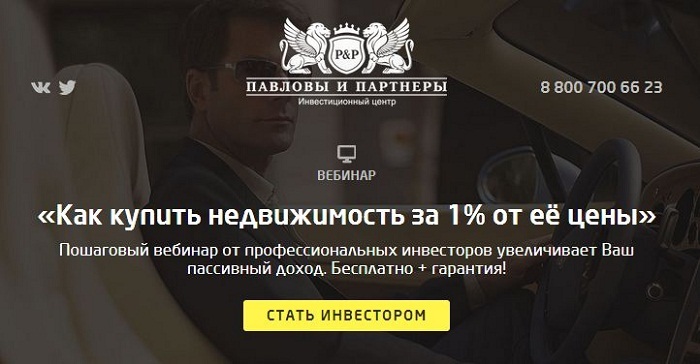
Microfinance Center:
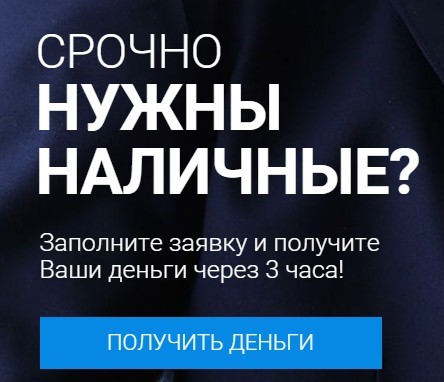
And the most illustrative example of this model is the agency for the return of bank charges:
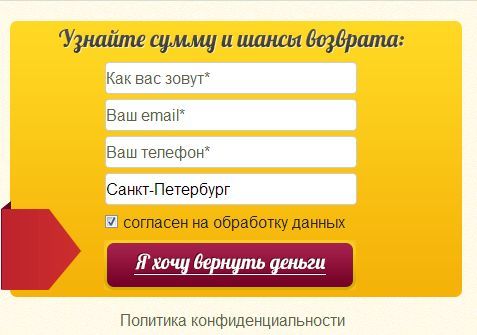
The target client of the agency "asleep and sees" how to punish negligent bankers and return the hard-earned money. Therefore, the signature on the button beats right at the target + the wording from the first person, as if the user is addressing the company, and not vice versa.
Model "I want to know"
Works in complex B2B niches where pricing according to an individual specification is necessary:

In complex operations in the B2C market (real estate):
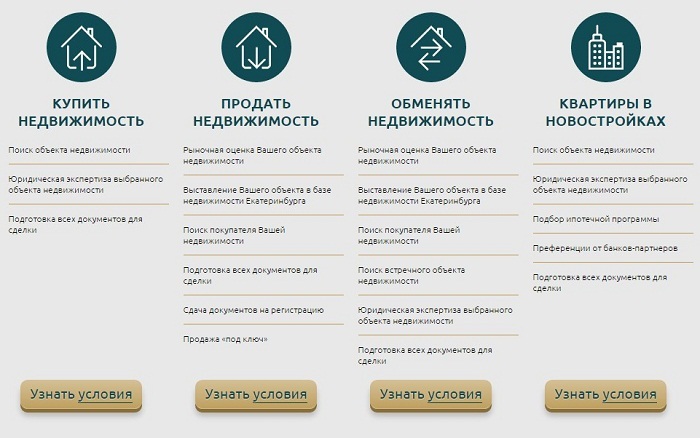
Or in quick deals, when a client does not buy, but sells a product (an example of auto-purchase):
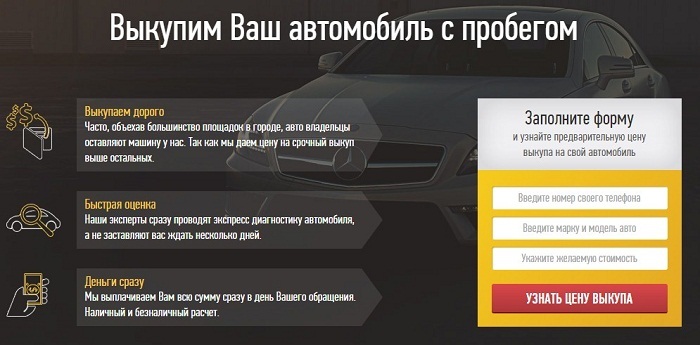
Model "Get a selection"
Works great in tourism:
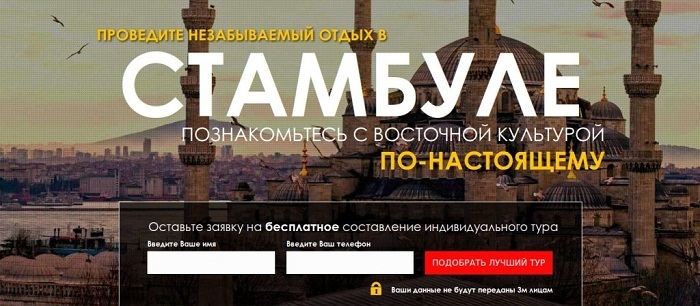
And also in the sale of goods of various modifications:
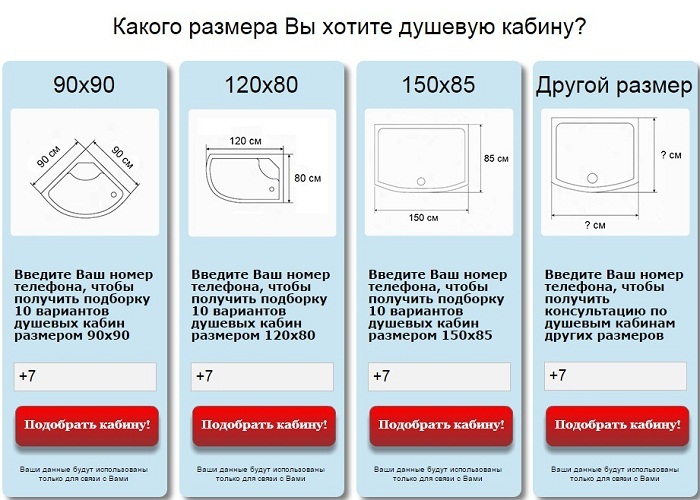
and various parameters (photo wallpaper printing):

Model "Free Test Drive"
In IT and SaaS solutions:

Or for easily removable equipment:
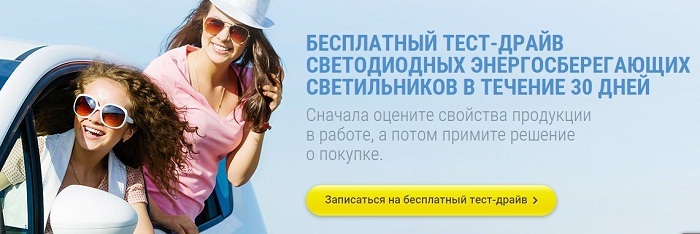
Model "Free Value"
These can be online services where the first step is needed to “verify” the contractor:
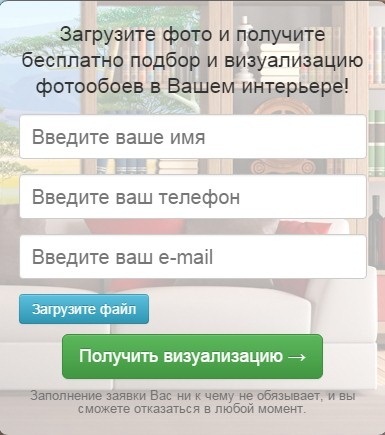
or free first lesson offline:
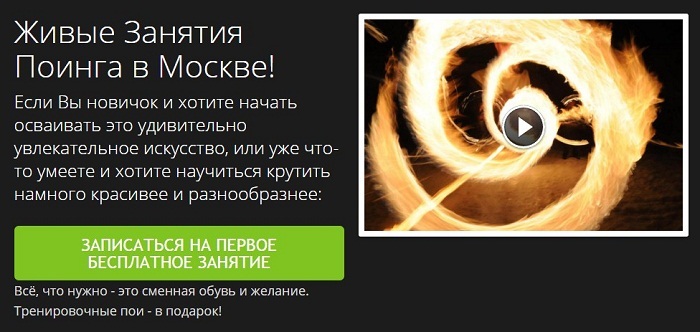
Also suitable for vocal, dance, martial arts, yoga, that is, where a permanent visit is expected.
Model "Meeting (tour)"
To discuss a complex project can not do without meeting with a specialist. At the same time, the meeting itself is a value:
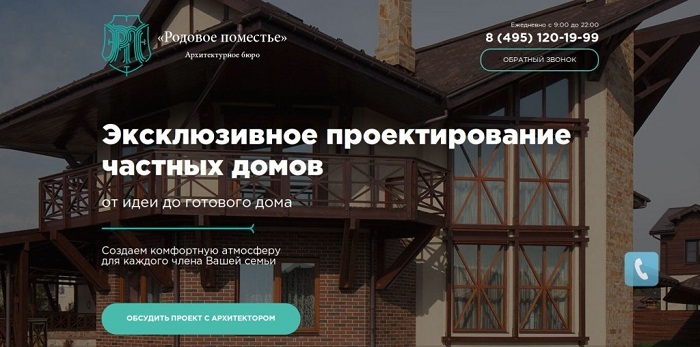
Or a trip to the kindergarten:
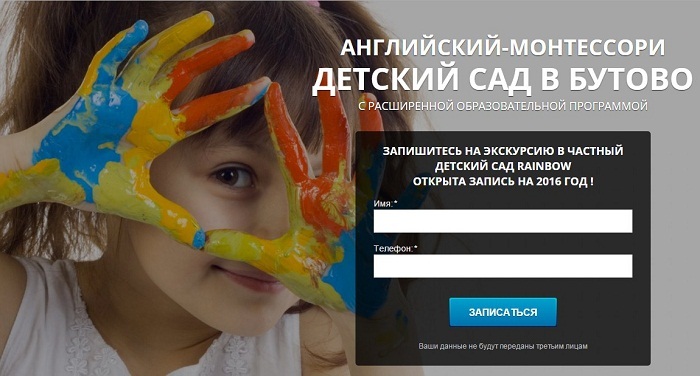
The model works where it is impossible to make a decision on the website or after talking with a company representative on the phone. Agree to enroll a child in kindergarten, you need to see everything with your own eyes.
Of course, the wording of call-to-action is much more, but almost all of them fit into these models.
And in conclusion 3 important points:
1) In call-to-action we show value, real benefit in the world of the client;
2) The action should be as easy as possible, do not cause resistance;
3) Look at what your competitors are doing and do it differently. Together with the first two things, this will give that very flash of “Oh, cool, no longer looking, turning here.”
PS Share your experience and ask questions in the comments on creating an effective call-to-action in your niche.
Source: https://habr.com/ru/post/297188/
All Articles